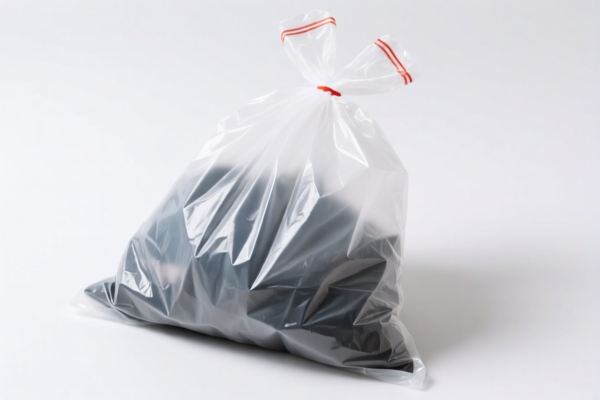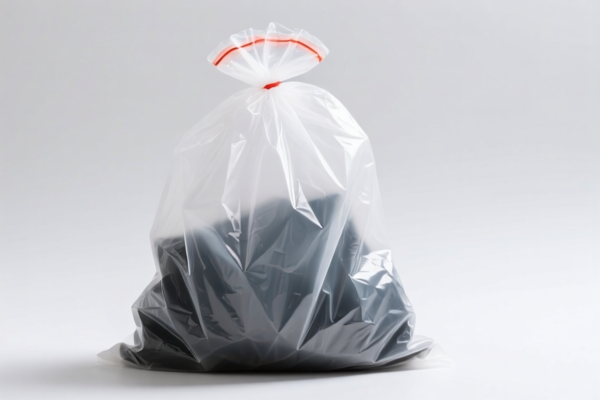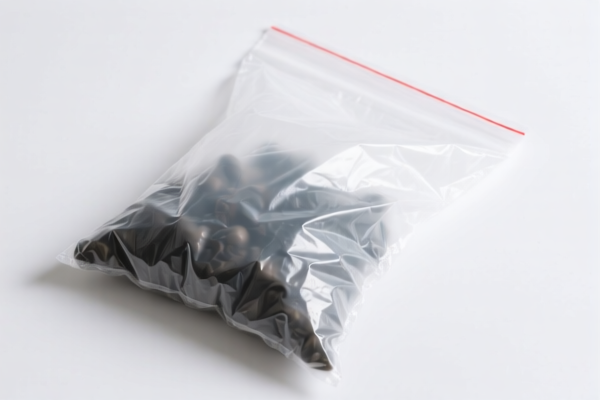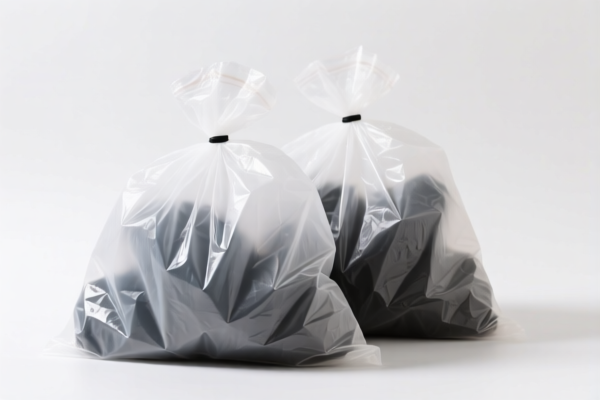| HS Code | Official Doc | Tariff Rate | Origin | Destination | Effective Date |
|---|---|---|---|---|---|
| 7323999080 | Doc | 83.4% | CN | US | 2025-05-12 |
| 7326908688 | Doc | 82.9% | CN | US | 2025-05-12 |
| 8304000000 | Doc | 33.9% | CN | US | 2025-05-12 |
| 9403608093 | Doc | 55.0% | CN | US | 2025-05-12 |
| 3926901000 | Doc | 40.9% | CN | US | 2025-05-12 |
| 3926909989 | Doc | 42.8% | CN | US | 2025-05-12 |
| 3923900080 | Doc | 58.0% | CN | US | 2025-05-12 |




Dustbin
A dustbin, also commonly known as a trash can, garbage can, or waste bin, is a container for temporarily storing waste. It is a ubiquitous object in both domestic and public settings, designed to facilitate the collection and disposal of refuse.
Material:
Dustbins are manufactured from a variety of materials, each with its own advantages and disadvantages:
- Plastic: The most common material due to its low cost, lightweight nature, and resistance to corrosion. Different plastic types (polyethylene, polypropylene) are used.
- Metal: Often stainless steel or galvanized steel. More durable and resistant to pests, but heavier and more expensive. Commonly found in public areas due to their robustness.
- Wood: Less common today, but historically used. Can be aesthetically pleasing, but less hygienic and requires more maintenance.
- Composite materials: Increasingly used, offering a balance of durability, aesthetics, and environmental considerations.
Purpose:
The primary purpose of a dustbin is to contain waste materials, preventing the spread of odors, attracting pests, and creating unsanitary conditions. They contribute to public health and hygiene by facilitating the organized collection of garbage for eventual disposal or recycling.
Function:
Dustbins function as a temporary holding vessel for waste. They typically feature a lid to contain odors and prevent access by animals. Some designs include handles for easy transport. Larger bins may have wheels for mobility. Many modern dustbins are designed to be compatible with plastic bin liners (trash bags) for ease of emptying and cleaning.
Usage Scenarios:
- Residential: Kitchens, bathrooms, offices, and outdoor spaces.
- Commercial: Offices, restaurants, retail stores, and factories.
- Public Spaces: Streets, parks, schools, hospitals, and transportation hubs.
- Industrial: Factories, construction sites, and warehouses.
Common Types:
- Pedal Bins: Operated by foot pedal, allowing for hands-free operation and improved hygiene.
- Swing-Top Bins: Feature a lid that swings open for easy waste disposal.
- Sensor Bins: Automatically open when motion is detected, providing a touch-free experience.
- Recycling Bins: Specifically designed for the collection of recyclable materials, often color-coded for different waste streams (paper, plastic, glass, metal).
- Wheelie Bins: Large, wheeled bins commonly used for curbside collection of household waste.
- Slim Bins: Designed for tight spaces, often found in bathrooms or small kitchens.
- Double Bins: Containing two separate compartments for general waste and recycling.
Dustbins, based on material composition and function, can be classified under several HS codes according to the provided information.
- 7323999080: This HS code covers “Table, kitchen or other household articles and parts thereof, of iron or steel; iron or steel wool; pot scourers and scouring or polishing pads, gloves and the like, of iron or steel: Other: Other: Not coated or plated with precious metal: Other: Other Other”. If the dustbin is made of iron or steel and is not coated or plated with precious metal, this code applies. The total tax rate is 83.4%, comprising a 3.4% base tariff, a 25.0% additional tariff, and a 25% additional tariff for steel and aluminum products effective April 2, 2025.
- 3926901000: This HS code covers “Other articles of plastics and articles of other materials of headings 3901 to 3914: Other: Buckets and pails”. If the dustbin is made of plastic and functions as a bucket or pail, this code is applicable. The total tax rate is 40.9%, consisting of a 3.4% base tariff and a 7.5% additional tariff, increasing to 30.0% after April 2, 2025.
- 3926909989: This HS code covers “Other articles of plastics and articles of other materials of headings 3901 to 3914: Other: Other”. If the dustbin is made of plastic but doesn't specifically fall under the 'buckets and pails' category, this code may be used. The total tax rate is 42.8%, including a 5.3% base tariff and a 7.5% additional tariff, rising to 30.0% after April 2, 2025.
Regarding HS code 3926901000 and 3926909989, please note the additional tariff will increase to 30.0% after April 2, 2025.
Customer Reviews
No reviews yet.